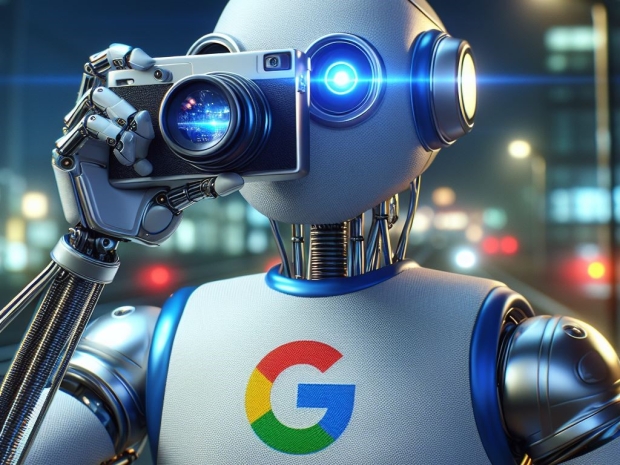Users can ask Bard to make photos using Google's Imagen 2 text-to-image model. Now powered by Google's Gemini Pro large language model, Bard would always have image generation. The more powerful Gemini Ultra model was thought to power it, but that model is still in the works.
Google has been pushing Bard as a decent rival to OpenAI's ChatGPT Plus, which runs GPT-4 and lets users make images thanks to DALL-E 3 integration.
Both chatbots do well, but Bard's lack of text-to-image features gave ChatGPT Plus an advantage. The updated Bard with Imagen 2 can be used for free, unlike ChatGPT Plus, which requires a paid subscription.
AI image generation was recently slammed after rude fake photos of Taylor Swift flooded X. While it's still a mystery which platforms people used to make those images, tech companies have started to clamp down on their image-making platforms.
Google said Bard's image feature was "designed with responsibility in mind." The company's watermarking feature will be stamped on the photos, helping to show that the images are AI-made.
Google said it had put in technical and safety barriers to stop making images of famous people and limit violent, nasty, or dirty content.
Image generation will be for more than just Bard. Google launched a new experimental photo tool powered by Imagen 2 called ImageFX. ImageFX lets users make images with simple text prompts so people can have fun with generative AI, with the feedback going straight back to Google engineers.
Like Bard, all photos made through ImageFX will be marked by SynthID and follow Google's AI rules and technical barriers. It joins Google's other AI creation tools, MusicFX and TextFX, which came out last year and are up for testing on Google Labs.
Bard is also getting a few other upgrades today. While image generation is only in English, chatbots have grown to over 40 languages in more than 230 countries. The previous version only worked in English and was up in 170 countries. Some languages it supports include Arabic, Bengali, Tamil, and Urdu.
Google expanded the double-check feature to 40 languages. This feature lets users check responses by automatically searching the Internet for backing up or challenging content.




